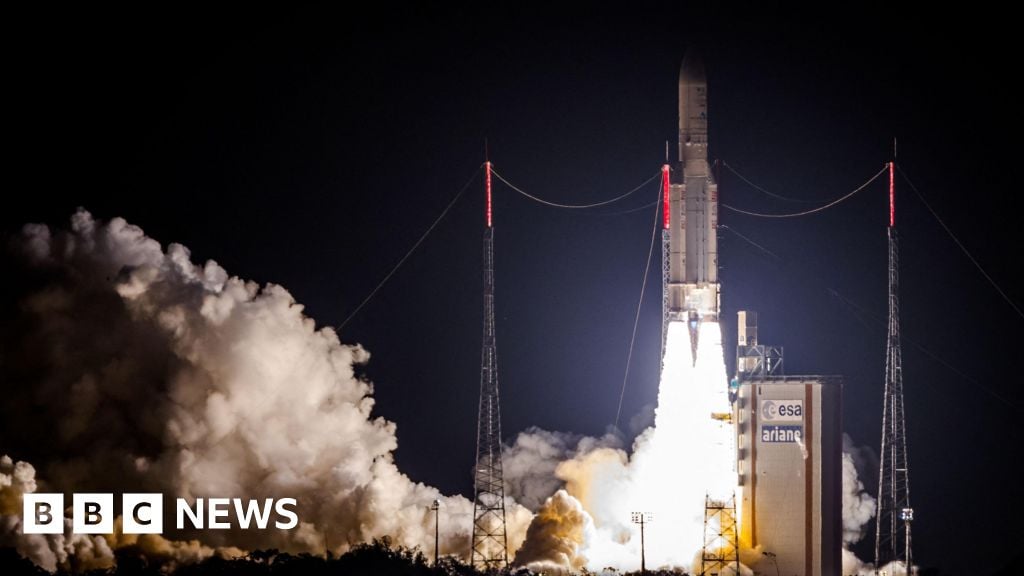- cross-posted to:
- [email protected]
- cross-posted to:
- [email protected]
A communications satellite designed and built by embattled aerospace giant Boeing has broken up in orbit.
The satellite’s operator, Intelsat, has confirmed the “total loss” of iS-33e, which has affected customers in Europe, Africa and parts of the Asia-Pacific region.
Intelsat also says it has taken steps to complete “a comprehensive analysis” of the incident.
Boeing has been facing crises on multiple fronts, with a strike at its commercial plane business and issues with its Starliner spacecraft.
An alert on the platform said the US Space Forces also said it is “currently tracking around 20 associated pieces” of the satellite.



Oh no, orbit is actually quite hostile. Specially unexpected torque forces from spinning in unplanned ways. And there’s very little but definitely present atmospheric drag. Not so much from the density of the air but from the extremely high speed it’s moving. Then there’s orbital debris. Also extreme and fast changes in temperature from the sun. Not to forget cosmic radiation.
This thing was in geostationary orbit, that’s a long way away where there is no atmospheric drag. There’s also very little orbital debris there because there is less stuff launched that far out and the orbit is much bigger, so the chances of a collision are vanishly small. Temperatures are an issue, but this thing lived out there for years, so it probably was designed pretty well for that. Same with unexpected movement, any leaks or software errors would have presented way before now.
Something like this breaking up is very strange. It could be a software patch that went wrong and sent the thing tumbling, but there are usually a couple of safeguards against such a thing. Plus any recently patched satellite is monitored very carefully.
So either an extreme fuckup or some kind of foul play. This could be a test of a satellite weapon, a deliberate sabotage for some reason or a software patch that went very wrong. It could also just be extremely dumb luck with it hitting some kind of debris or piece of rock, but like I said in geostationary orbit that’s not likely.
Edit: I just read this thing has had issues early in life, so it might be related to that. So that makes malfunction likely.
China’s always dicking around in space, really wouldn’t be surprised if it wasn’t a “test” gone “wrong”. Doubt we’ll know the truth anytime soon.